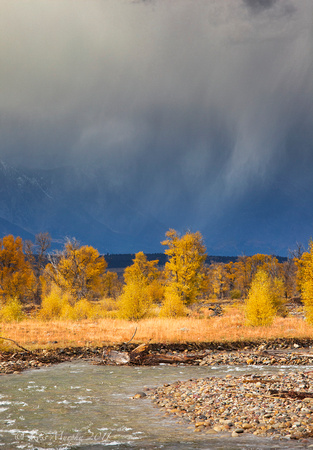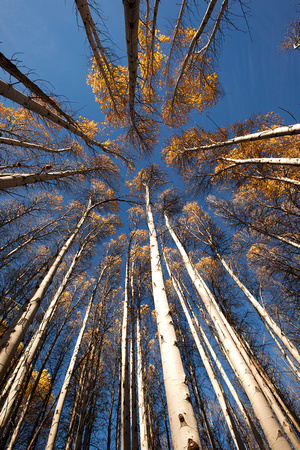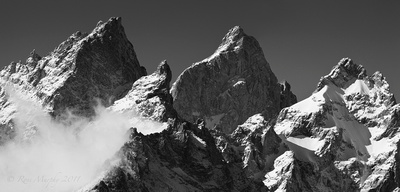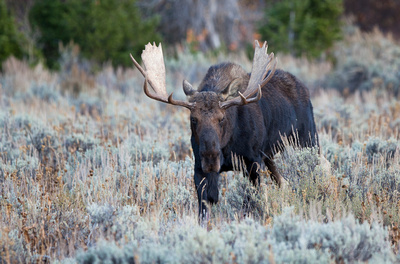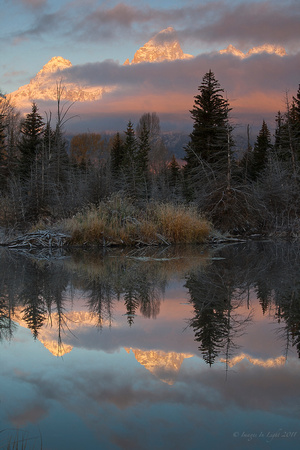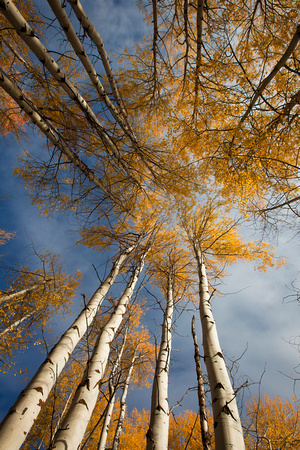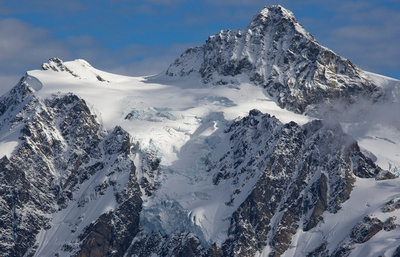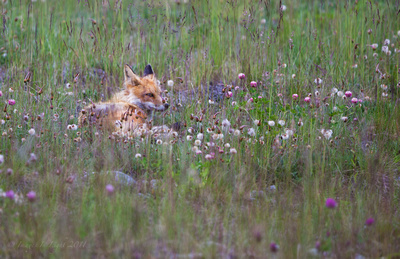
Jasper NP, Red Fox: 300mm at f2.8, 1/250 sec, ISO 100.
Larger Image
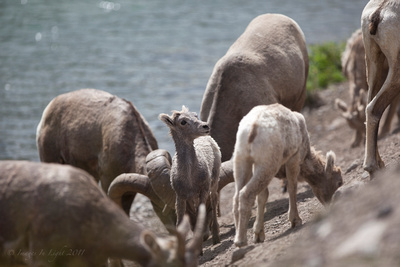
Jasper NP, Big Horn herd, isolated young: 300mm at f2.8, 1/1600 sec, ISO 100.
Larger Image
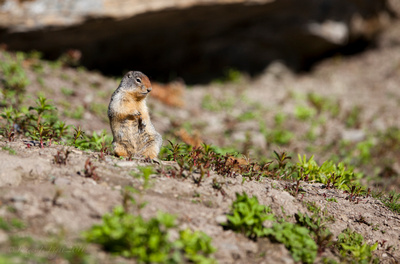
Glacier NP, Ground Squirrel: 300mm at f3.5, 1/1000 sec, ISO 100.
Larger Image

MT Rainier NP, Red Fox: 300mm at f2.8, 1/2000 sec, ISO 100
Larger Image
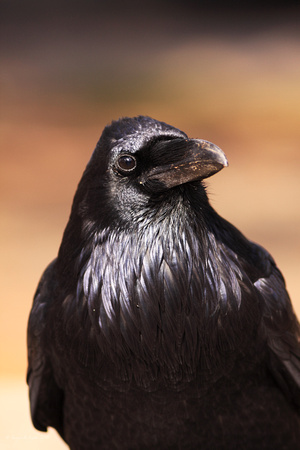
Wildlife photography for me has always been secondary to my landscape work, but I have now come to embrace it, mostly due to the experience I have gained over the course of, well, many years. Showing my age a little : )
The main thing I have learned, is to shoot as wide open as you can, why ? several reasons; Shooting at a wide
aperture allows you to shoot at faster shutter speeds and lower ISO's, wild animals are often seen at dusk or dawn and with lower light, ISO values start to rise, in order to maintain a fast enough shutter speed you may need to shoot at ISO 800 to get to 1/250 of a sec.
at f2.8.
See
this ISO 3200 image or
this ISO 1600 image and
here at ISO 100.
Whether or not its low light or the animal on the move, a wide aperture will help with the shutter speed or low ISO.
The main reason though is subject isolation, a wide aperture like f3.5 (just short of wide) on a 300mm f2.8 lens is great for blurring the background and some times the fore ground, which makes the subject stand out , if you look closely at the first fox, I had to pick him out amongst the grass and clover and to make him stand out, I needed the foreground and background out of focus. Another benefit on long primes, your lens is at its sharpest in the wider range of apertures.
Where to focus ? always on the eye, very important to have at least one eye in focus.
Also great for portrait photography.
To sum it up, you should end up with sharp, low ISO images, with good subject isolation when shooting at or near wide open.

Aperture diagram courtesy of Wiki
Ross
Images In Light


